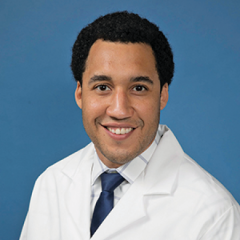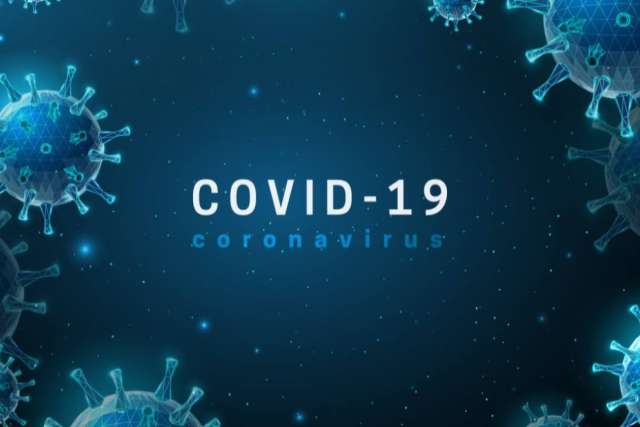The first COVID-19 test to analyze a person’s breath for volatile organic compounds was approved, April 14, by the U.S. Food and Drug Administration, but questions remain about whether the non-invasive device will become widely used.
A test that doesn’t use a nasal swab and offers results in a few minutes sounds appealing, but too much is unknown about how it works across a range of scenarios, said Omai Garner, PhD, director of clinical microbiology and an associate clinical professor at UCLA Health.
“I’m not disappointed in the innovation, I’m disappointed in the lack of available data to be able to judge the innovation,” Dr. Garner said. “I don’t like the test at this point. I don’t understand it. I don’t know how it performs.”
Detecting gases and chemicals
The FDA issued an emergency use authorization for the InspectIR COVID-19 Breathalyzer, a device the size of a carry-on piece of luggage. The test requires a person to exhale into a single-use straw connected to the device for about 10 seconds. The machine then “detects chemical compounds in breath samples associated” with COVID-19 infection in less than three minutes, according to the FDA.
The FDA said the Texas-based manufacturer studied 2,409 people, with and without symptoms of COVID-19. The test had a sensitivity rate of 91%, meaning it correctly identified 91% of patients who tested positive with a polymerase chain reaction (PCR) lab test. It had a specificity rate of 99%, meaning that it correctly identified 99% of people who tested negative with a PCR test.
The test performed with similar sensitivity in a follow-up study on the omicron variant, the FDA said.
“That is a reasonable sensitivity and specificity for a test if we knew a whole lot more about the patient population that was tested,” Dr. Garner said. “If these are people on like day three of symptoms, why would your test miss any of them?”
Dr. Garner said that existing tests detect the presence of the virus, with PCR tests using RNA and antigen tests identifying a protein. The breath device, however, looks for unspecified gases and chemicals emitted in the breath.
“This test actually doesn’t look for the virus. It looks for the presence of volatile organic compounds that are found in the breath that are suggestive of viral infection for COVID-19,” Dr. Garner said. “I can’t get into it more because they didn’t tell me. They kept that information proprietary.”

The FDA announcement described potential settings where the breath device could be used, such as doctor’s offices, hospitals and mobile testing sites.
Dr. Garner, however, said UCLA Health will continue to use PCR testing, which in rapid test form can provide results in 20 minutes.
“We know PCR is the gold standard,” he said. “Without a good understanding of how this compares, especially in asymptomatic people, it’s far too early to use it in a health care setting.”
At least one breath test for infectious disease is routinely used in health care. That’s a test for H. pylori, which is a major cause of peptic ulcer disease. The test looks for a certain type of bacteria in the gut and requires a person to drink a liquid that H. pylori bacteria will break down.
“The science there just makes sense,” Dr. Garner said. “It’s just not as straightforward with this.”
Other disadvantages of COVID-19 breath test
Dr. Garner said that aside from the unknowns about the performance of the COVID-19 test, the technology has some other potential disadvantages. It’s likely more expensive than rapid testing and is somewhat large to transport.
“As you move complicated pieces of equipment around, they break,” he said. “They get mishandled. They get dropped. If it breaks, now you’re not able to test.”
He said test interference also is a concern, noting the manufacturer has said that people should not eat, drink or use tobacco for 15 minutes before blowing into the machine.
The device could potentially be used in lower-stakes settings such as airports, where no domestic screening is required.
“You could envision maybe this could be put in place before you get on a plane and make it safer because people aren’t going to have to wear masks on the plane anymore,” Dr. Garner said.
Dr. Garner said he doesn’t know if other testing innovations for COVID-19 will be developed and take hold during the course of the pandemic.
“The challenge in new diagnostics for COVID is we already have very sensitive and specific diagnostics that we know work,” Dr. Garner said. “The real question is about necessity. If there aren’t available niches, where would the innovation go?”
Get the latest information about the COVID-19 virus and vaccines.
Courtney Perkes is the author of this article.



